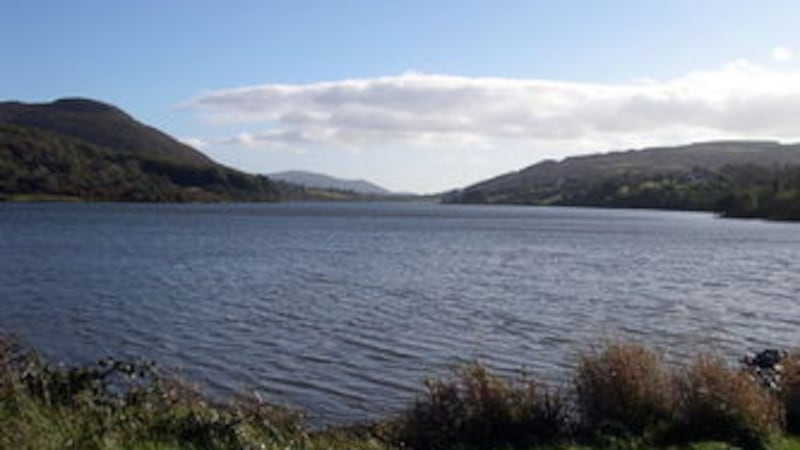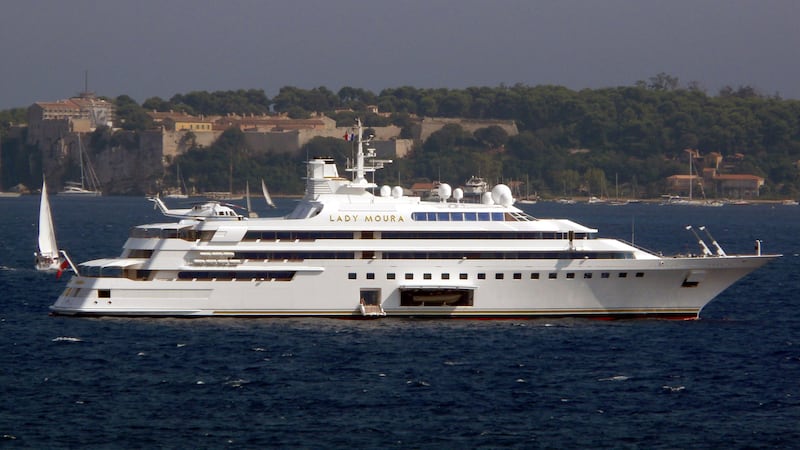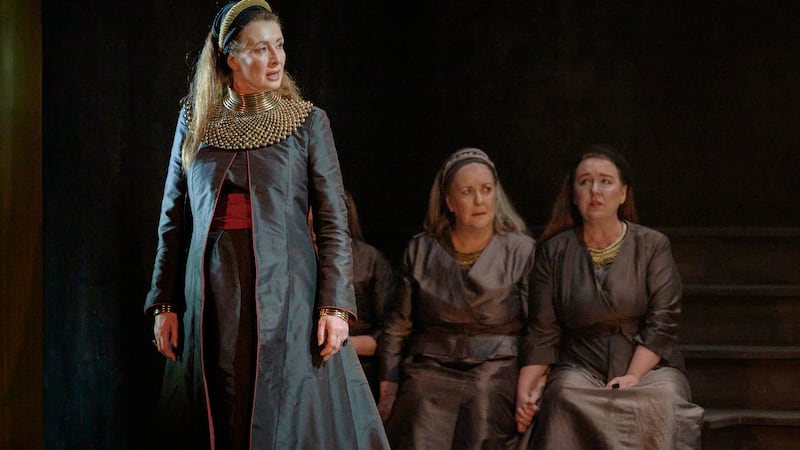DINNSEANCHAS
Camloch - Camloch - crooked lake
In place-names, the element cam refers to a natural bend in a geographical feature.
Camloch ‘crooked lake’ in Co. Armagh is the source of the Camlough River. The lake also gives its name to the nearby village of Camlough, and to Camlough Mountain (423m) which stands on the east side of the lake.
Camlough village is in the townland of Cross (Baile na gCros ‘townland of the crosses’). The original application of the element cros in the name is uncertain. It might refer to ‘crossroads’, or to a cross in a religious sense in view of its proximity to the nearby church of Saint Moninne of Killevy (Cill Shléibhe ‘church of the mountain’), one of Ireland’s earliest women saints.
With thanks fo The Place-Name Project, Queen’s University (@placenamesni)
SEANFHOCAL
Leanann an gile gach dorchadas
After every darkness is light.
This proverb, I think, shows the universality of human experience and how people from vastly different parts of the world make sense of their existence. It is in the section on hope.
The proverb itself is in Irish but it is a translation from Dari, the form of Farsi as spoken in Afghanistan. It reads: Pusht-e har taareekee, roshanee ast (sorry my computer can’t cope with the Farsi script).
I came across it in a book entitled Seanfhocail na hAfganastáine le Pictiúir: Afghan Proverbs In Irish, English and Dari Persian written by Edward Zellem, edited by Fionnuala Carson Williams and translated by Gordon McCoy.


